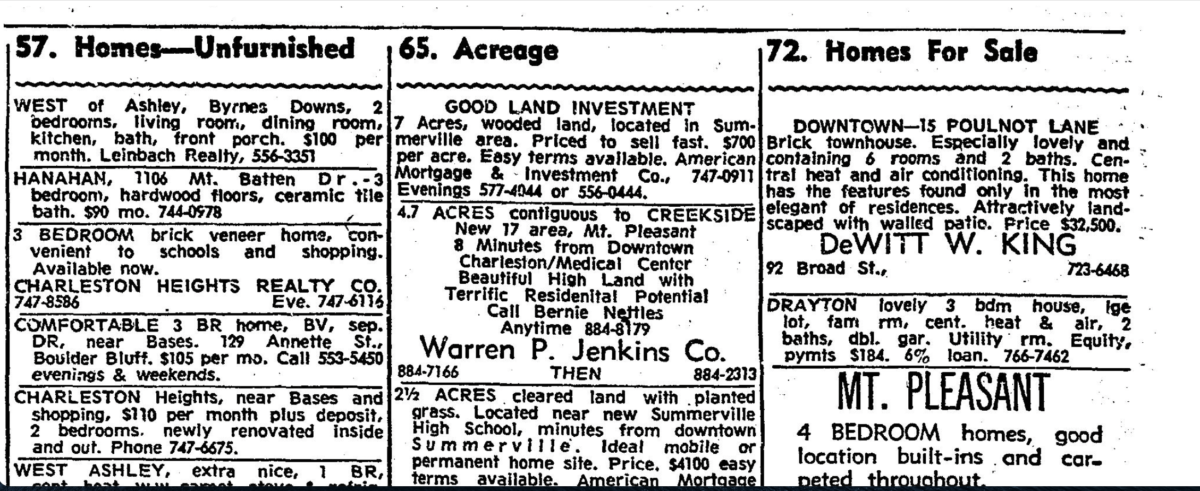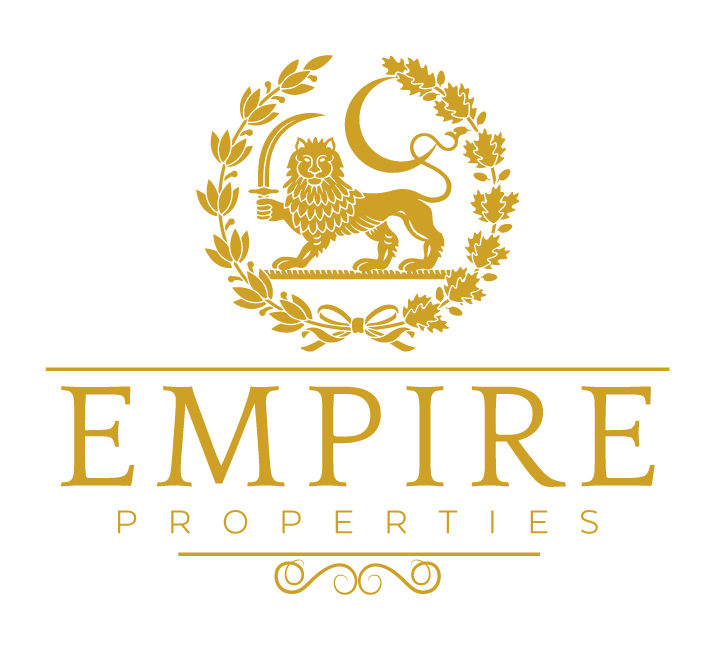It’s no secret that the greater Charleston area is one of the hottest and sought-after markets on the East Coast, but just how much have Charleston home prices changed in the past half century? The short answer is, regardless of whether the listings are in downtown Charleston, the suburbs, the Sea Islands, or Summerville, local properties have been appreciating in value, and for good reason. The Lowcountry’s weather, culture, and architectural traditions are beautiful, and there are activities like beach days within a short commute to any area of Charleston County. While price rise is great news for sellers, based on the trends of the past decades, the housing market in Charleston, SC Charleston housing market shows no signs of slowing, and buyers can expect equity in their new purchases as Charleston home prices continue to rise.
Some of Charleston’s many neighborhoods and subdivisions have been climbing in value for decades, while others have seen a large jump just in the past five to ten years. For example, the East Side in downtown Charleston (half of which is in the historic district) has seen big increases in the last decade, while Ansonborough a few blocks to the south began climbing in the early 1960s and is now mostly plateaued (still rising like the rest of the Lowcountry, but not in quick increments).
There are several reasons for Charleston’s strong real estate market beyond the obvious beautiful location. The tri-county area’s population has been increasing as new industries have relocated here. Boeing, Blackbaud, the southern Silicon Valley phenomenon, the hospitality and tourism industry, and the state’s largest medical district are just a few of the employers drawing new residents. College of Charleston and Citadel alumni often decide to put down permanent roots, adding to the burgeoning population. Residents from the northern states (New England, NYC area, and New Jersey in particular) are further attracted by the state’s low property taxes, making South Carolina very attractive for retirees. In short, the housing market in Charleston, SC reflects supply and demand- even all the new suburban development isn’t enough to keep up with demand.
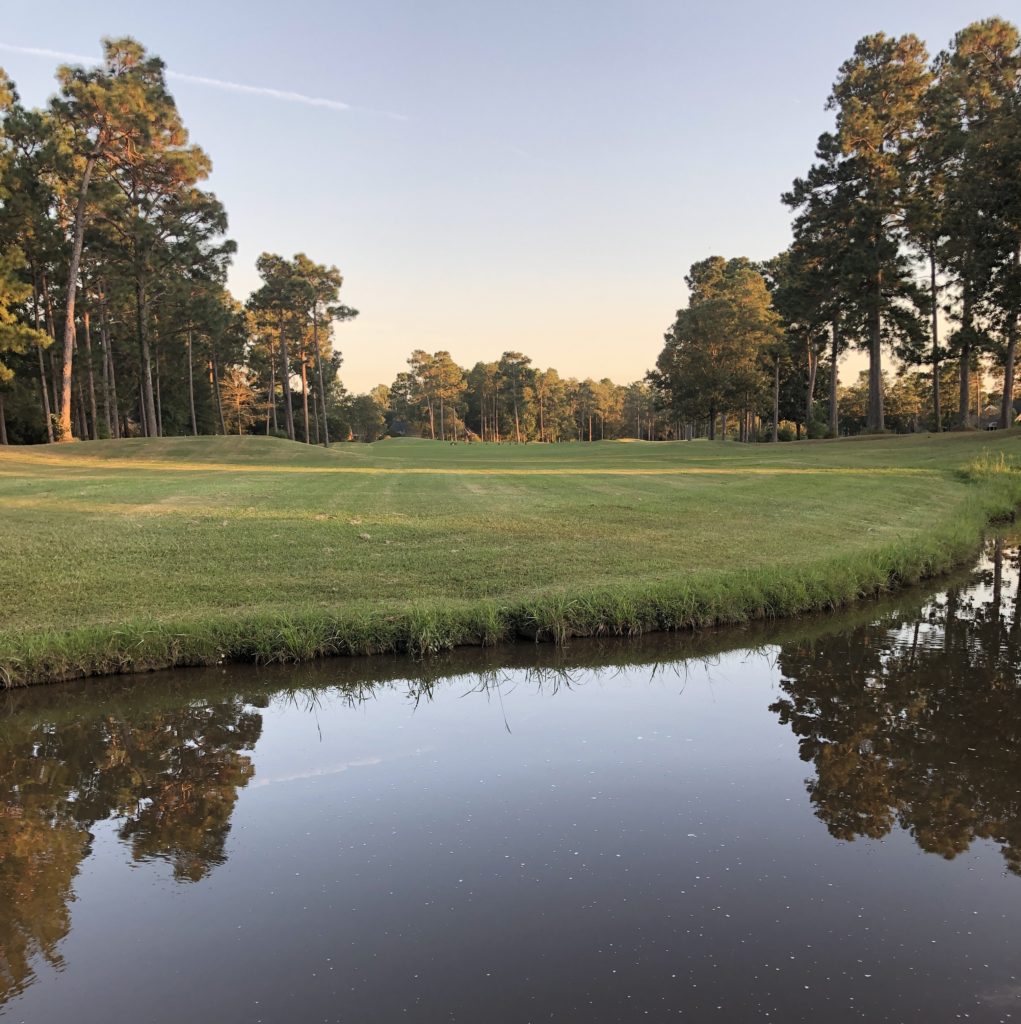
Historic districts also fuel the Charleston home price increase, and downtown Charleston has the largest in the United States, in addition to smaller districts in Summerville, Mount Pleasant, and Sullivan’s Island. Economists have noted the success of downtown revitalization plans in the state, which improve existing main streets and attract new businesses including pubs and restaurants that residents in peripheral residential areas can enjoy: “economic success that was once only enjoyed by cities like Charleston and Beaufort has now expanded to smaller towns and communities; each with a unique downtown setting that offers tourists a look at small-town life in South Carolina.” For example, houses in Summerville’s district sold for 23% more than similar houses outside the historic area.
Treading into uncharted economic and real estate investment territory in the late 1950s, Historic Charleston Foundation piloted a revitalization endeavor called the Ansonborough Rehabilitation Program. They used a revolving fund to purchase, renovate, and sell nearly eighty buildings in one target neighborhood (Ansonborough) which they selected because of its architectural character (most buildings are brick Greek Revival and date between 1840 and 1850) and because of the condition issues and need for preservation efforts. The program was a complex one, triggering an early example of gentrification and displacement of long-time renters, but increasing Charleston home prices and greatly enhancing the built environment of the historic neighborhood. Tracing two Ansonborough houses from a circa 1960 sale advertisements shows the price jumps in the real estate housing market in Charleston, SC, one of the earliest examples of such profit in Charleston. 74 Anson Street listed for $17,000 that year. In 1997, it sold for $384,000, for $607,000 in 2003, and for $1.38 million in 2017 (which would all be steals by 2021 price standards.). 61 Laurens Street also sold for $17,000 in 1962, then for $425,000 in 2002, $855,000 in 2008, and for a slight drop to $765,000 in 2013, reflecting price drops in Charleston housing market during the global recession from which Charleston recovered much quicker than the rest of the nation.

Keeping in mind that Charleston home price increases also reflect restoration work, upgrades, and renovations, let’s turn to a few examples of recent appreciation in the Lowcountry. The beautiful Chadwick-Edwards house 17 Meeting Street is currently listed for $5,995,000, boasting a large yard, outbuildings, five bedrooms, and four bathrooms. In 1993, the house sold for $630,000; by 2002, it listed for $1.85 million and just five years later, the sale price rose to $3.187 million. The most recent sale in 2014 was $3.5 million.
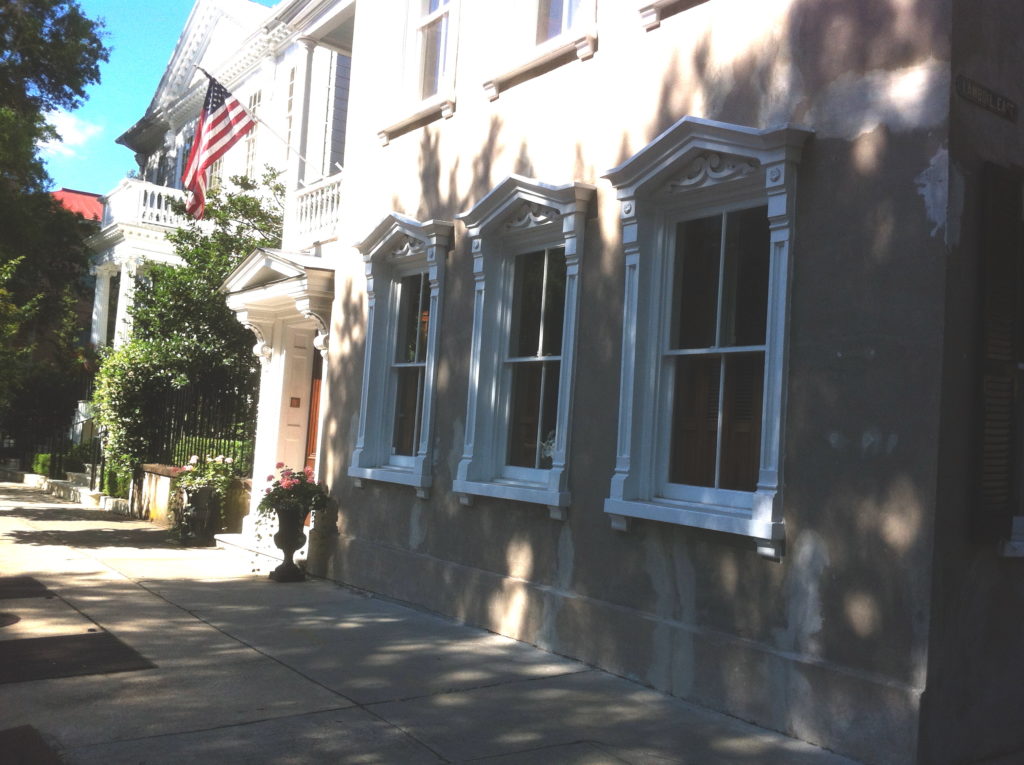
The completely renovated circa 1732 Fotheringham-McNeil tenement, a grand brick Georgian building, is currently on the housing market in Charleston, SC for $3,750,000. In 1980, the Hornack family sold the building for $245,000. In 1995, the most recent sale before the current listing, it sold again for $490,000.
In the historically middle- and working-class Eastside (originally called Hampstead), Charleston home prices have risen with the revitalization of nearby upper King Street, the growth of College of Charleston, and peripheral development. Lucille Doyle purchased 31 Nassau Street in 1966 for $9,000, a considerable sum in that area at that time, reflecting good condition and a large Charleston single house on a generous lot. Doyle’s heirs have recently offered the house for sale for $795,000. A vacant lot (a rarity in downtown Charleston today) measuring 2,600 square feet at 15 Hampden Court lists for $385,000. It was for sale in 2011 for $50,000 but was removed from the Charleston real estate market. The Bryant family has had the land, on which a house once stood, since 1947. Although narrow, a lot in downtown Charleston is sure to appreciate in value with new construction.
Further up the peninsula, 37 Poinsett Street is freedman’s cottage dating to the early twentieth century. Maggie Rivers purchased in in 1937, and her estate sold it in derelict condition in 2016 for just $32,000. In 2017, it conveyed for $130,000, and in 2018, it sold for $450,000 (showing the profitability of restoring historic buildings in the Charleston housing market). This flawlessly renovated two bedroom, two bathroom house is currently listed for sale for $499,000.
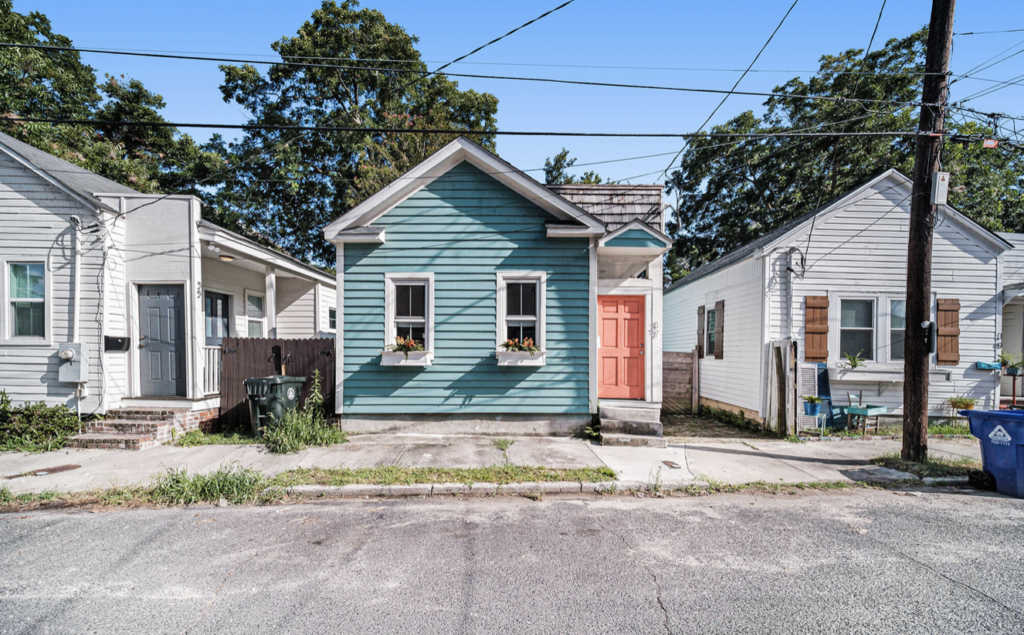

In Mount Pleasant, 1684 Babington Way is a 1987 brick ranch house in the mature neighborhood of Wando Lakes. As a new build, it fetched $87,000; by 1995 it sold for $92,000, then $145,000 in 2002, $196,5000 in 2005, and $343,000 in 2018. The tree lined streets, good school district, and easy commutes are main selling points for Mount Pleasant communities like Wando Lakes.
When relatively new, houses in Dorchester Terrace of North Charleston were listed in the Charleston real estate market for around $9,000 in 1971. Adjusted for inflation, that house would cost around $60,000 in 2020. However, houses in Dorchester Terrace on the market in 2021 range from $129,000 to the mid $200s, showing that while it’s still one of the most affordable areas in the region, North Charleston’s prices are increasing and rising faster than the national average along with the rest of the county.

The further buyers look outside of downtown Charleston and the coastal communities and suburbs, the more one can get for their money; price per square foot for the first three quarters of 2021 were $532 in downtown Charleston below Crosstown, $345 above, $168 in North Charleston, $153 in Berkeley, $210 in West Ashley, $158 in Summerville, and just $123 in Walterboro. The Charleston housing market remains diverse, and stock ranges from historic properties to mid-century, to cute condos and townhouses, to mature suburban houses, to new builds, offering something for every budget.
Sources:
- Brodie Hart. “Charleston home prices increase $57,000 in one year.” ABC News. 16 August 2021. https://abcnews4.com/news/local/charleston-home-prices-increase-57000-in-one-year
- Charleston County GIS parcel viewer
- Charleston County property record cards
- Sample MLS real estate listings, November 2021.
- Chad Lennon and Jennifer Revels. Smiling Faces, Historic Places: The economic benefits of historic preservation in South Carolina. https://scdah.sc.gov/sites/default/files/Documents/Historic%20Preservation%20(SHPO)/Publications/hpEconomicsbooklet.pdf
- “Historic Districts Are Good Four Your Pocketbook: the impact of local historic districts on house prices in South Carolina.” https://dc.statelibrary.sc.gov/bitstream/handle/10827/6889/DAH_Historic_Districts_are_Good_For_Your_Pocketbook_2000-1.pdf?sequence=1&isAllowed=y
- Christina Butler. Ansonborough: From Birth to Rebirth. Charleston: Historic Charleston Foundation and Historic Ansonborough Neighborhood Association, 2019.
- http://www.charlestonrealtors.com/wp-content/uploads/2017/02/CTAR_ANN_2016_Revised.pdf
- Charleston Evening Post. 12 February 1971, real estate listings.
- Carolina One Real Estate. “Metro Charleston Area Market Stats.”

